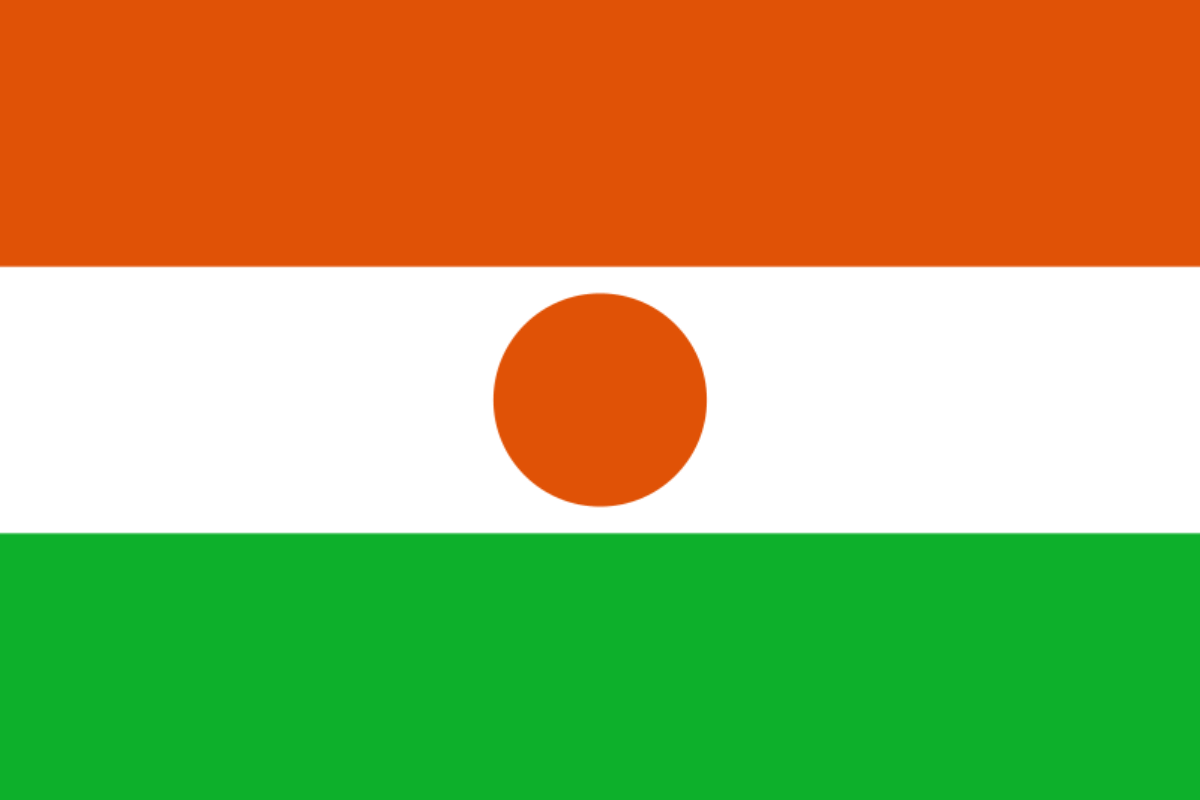The national animal of Niger is the dama gazelle. This is a species of gazelle native to the Sahara desert and thus found in many neighboring countries such as Niger, Mali, and Chad. They are strikingly colored, beautiful animals that are seen as important national symbols for a great variety of reasons.
Dama gazelle are in a critical position in terms of their conservation and thus serious efforts will need to be undertaken in future to ensure their survival.
In Niger, they are seen by many as the perfect encapsulation of Nigerien natural beauty.
Let’s find out more.

What is the national animal of Niger?
The national animal of Niger is the dama gazelle.
As the name suggests this is a species of gazelle native to the Sahara desert and the Sahel.
Sadly, it has disappeared from much of its former range due to extensive hunting and the loss of its habitat, though it still survives in small pockets in the Sahara region of Africa.
They have a white coat with a reddish brown head and neck, and both sexes sport medium-sized, ringed horns with a distinctive s-curve.
The horns of the male, though, are considerably longer, usually around 14 inches.
They have a small head and muzzle with large eyes.
Their neck is very long, distinctive among gazelle, as well as having a distinctively long body compared with many of its close relatives.
They stand around 35 inches tall at the shoulder, and usually weigh anywhere from 77 to 165 pounds.
They have a typical lifespan of around 13 years in the wild, though can live as long as 18 in captivity.
Their young develop rapidly as herd animals often do; after only a few short days they will be capable of following the rest of the herd and after a week can run as fast as the adults.
They are considered to be the largest species of gazelle, with long legs to provide extra surface area for dissipating heat.
It is highly adapted to the desert environment and can withstand extraordinarily high temperatures.
They do, though, tend to need more water than other desert species, though they can do well without water for long periods of time by any standards.
They are diurnal species, which again is quite unusual for desert animals, being active during the worst heat of the day.
Why, then, are they the national animal of Niger?
Why is the dama gazelle the national animal of Niger?
The dama gazelle is the national animal of Niger for a variety of reasons.
On the one hand, they are seen as symbols of freedom, beauty, grace, and nobility, embodying the spirit of the people of Niger in this way.
They are symbolically significant to many peoples in this part of the world for a wide variety of reasons, and thus depending on whom you ask, you may get a very different answer to this question.
They even appear on the badge of the Nigerien national football team, so they are plainly significant to all people of Niger in some way.
Surviving in the desert as they do, they are also seen as the embodiment of Nigerien natural beauty.
Much of Niger is taken up by the Sahara desert, and thus the people must survive in it just as the dama gazelle must.
But the desert, too, harsh as it is, is not just an image of strife but also of beauty.
Conservation, of course, is also always an important question for a country’s national animal.
The dama gazelle is in a very grave position and is critically endangered; by making them the national animal, the country hopes to bring attention to this.
How many dama gazelle are left in the world?
There are estimated to be as few as 100 individuals remaining in the wild today.
It is harder to overstate how critical the position of this species is.
Without serious intervention and major effort across multiple species in the immediate future, then it’s very likely that the dama gazelle will disappear entirely from the wild in just a few short years.
The species is well maintained in captivity and so reintroduction in the future is not impossible; but for now, the focus should be on the conservation of the wild population.
What do dama gazelle eat?
They are, unsurprisingly, roaming and browsing herbivores and get by mostly on a diet of plant matter.
They will eat shrubs, herbs, grasses, leaves, shoots, and fruits.
They are known to be very fond of acacia leaves and where they can get them, this will often make up the bulk of its diet.
Again, the desert can be a tough environment, so they are well equipped to digest even the toughest plant matter and still survive in the deserts.
This has made them very well adapted to the hot environments just as many of their other adaptations.
So, again, sadly this iconic creature teeters on the brink of extinction.
Serious, international cooperation will need to be undertaken to ensure that they are able to survive this trial and grow in numbers again, and it certainly seems as though there is plans in place to make this happen.
In any case, they are among the most iconic members not just of Niger’s wildlife but also of the broader Saharan wildlife, and thus they are important to many people in the region.

